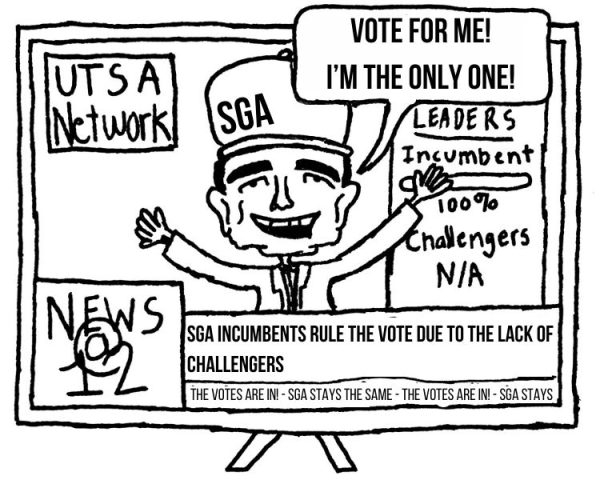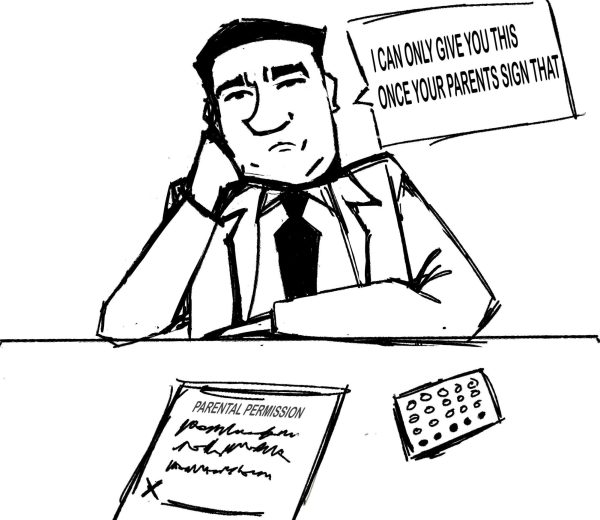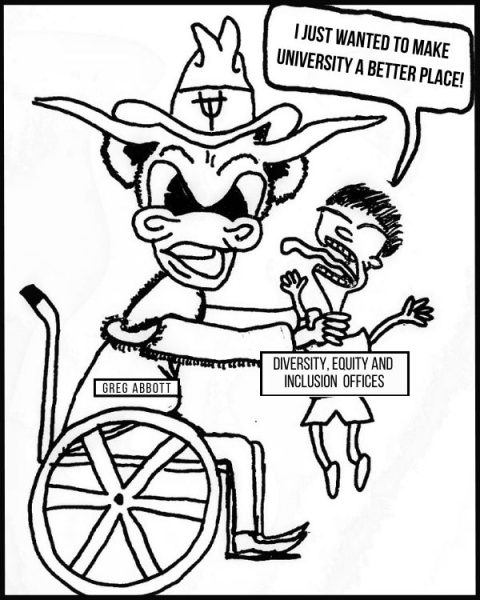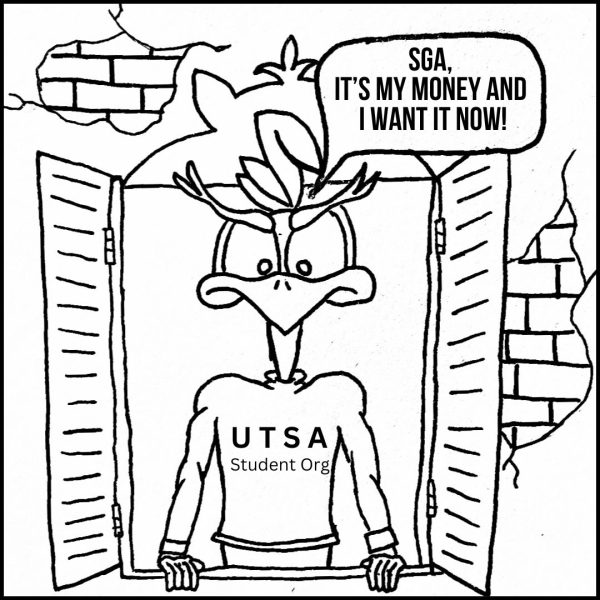UTSA responds to Omicron
January 18, 2022
As Omicron cases skyrocket, students are left wondering whether or not it is safe to return to campus for the new semester. Omicron has proven to be the most contagious COVID-19 variant that has circulated and its targeted demographic seems to be primarily young adults. This prompts the question: what is UTSA doing to ensure student’s safety and what preventative measures can the students themselves take?
On Jan. 6, UTSA announced its plan to modify Spring 2022 operations. In an email addressed to students, faculty and staff, President Eighmy stated that positivity rates and hospitalizations have increased tremendously in San Antonio. To ease some of this panic, UTSA will be going online for the first three weeks of the semester. Explaining his reasoning behind the decision to transition from online, Eighmy stated: “Though we gave serious consideration to simply delaying the start of the spring semester by one week, surge modeling and the very rapid increase in positivity rates and case counts greatly informed our decision to conduct most classes online for three weeks.”
This modality change — much like the previous semester — means that most courses will be held remotely for the set amount of time as stated previously. The idea behind this is that it will help reduce the amount of close contact that students would have, therefore reducing the spread of Omicron. Along with remote learning, mandatory testing for faculty and students will be available throughout various testing locations. After getting tested, faculty and students must report their test results to the COVID-19 Case Report — this policy applies to both at-home rapid tests and administered PCR tests.
Currently, UTSA is set to go back to in-person learning on Feb. 7, but depending on the state of the city and the continuous rise of Omicron, that could extend at any moment. While students will be eager to return to campus, safety must come first and it is crucial that UTSA administration remembers that in three weeks.
Being safe in the midst of this pandemic is crucial for everyone. Students can practice safety by masking up and getting vaccinated, though this is just the bare minimum. Ensuring social distancing is one of the best ways students can reduce the spread of the virus — meaning staying a safe distance away from people in public places and only hanging out with immediate friends and family. Courses being remote is a great way for students to put safety measures in place within their everyday lives and avoid getting the virus.











